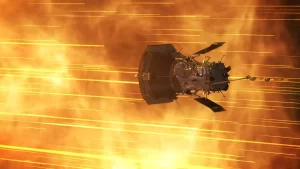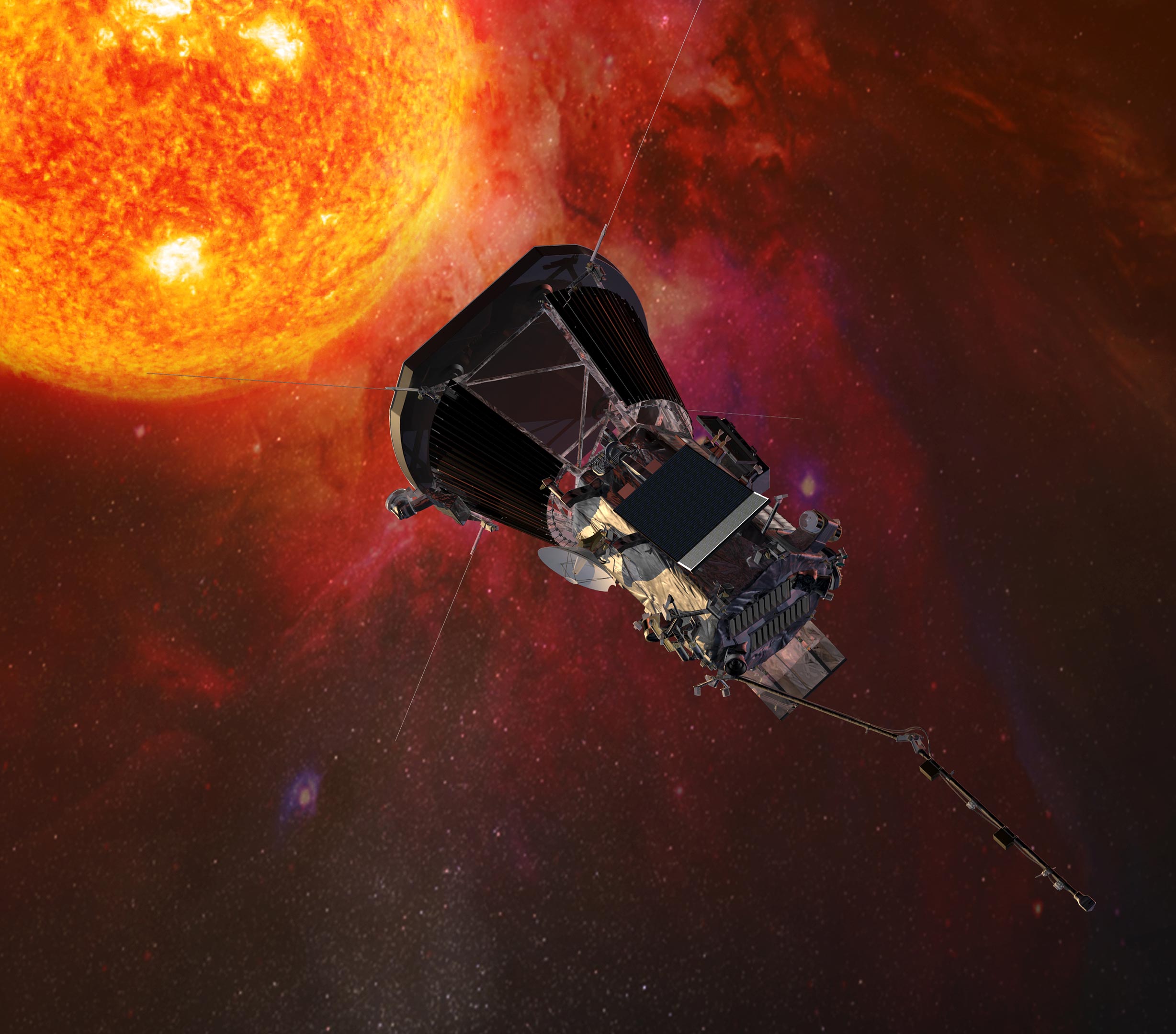A Historic Mission Near the Sun
NASA’s Parker Solar Probe has once again made history, completing its 23rd close flyby of the Sun. The spacecraft, known for its unparalleled speed and resilience, continues to set records for both proximity to the Sun and velocity, making it the fastest human-made object ever built.
Record-Breaking Speed and Distance
On March 22, the Parker Solar Probe came within just 3.8 million miles (6.1 million kilometers) of the Sun’s surface, matching its previous record for the closest approach. At this moment, the spacecraft was traveling at an astonishing speed of 430,000 miles per hour (692,000 kilometers per hour), reaffirming its position as the fastest spacecraft in history.
This close approach, known as perihelion, occurred at 22:42 UTC (6:42 p.m. EDT). Shortly after, the probe successfully checked in with mission control at the Johns Hopkins Applied Physics Laboratory in Laurel, Maryland, confirming its optimal health and continued functionality. This milestone marks another step forward in uncovering the mysteries of our star.
Advancing Solar Science
The Parker Solar Probe’s latest perihelion represents the midpoint of its 23rd solar encounter, a period spanning from March 18 to March 27. This mission phase allows scientists to collect invaluable data on the Sun’s atmosphere, or corona, as well as the solar wind and magnetic fields. By venturing closer to the Sun than any previous spacecraft, the probe provides crucial insights into solar activity, which has significant implications for space weather and its effects on Earth.
Engineering for Extreme Conditions
Launched in 2018, the Parker Solar Probe was meticulously designed to withstand the Sun’s extreme environment. Its state-of-the-art heat shield protects it from temperatures soaring to nearly 2,500°F (1,377°C), ensuring that it can continue its mission despite the intense radiation and heat. The probe’s advanced instruments enable it to capture and relay groundbreaking information, shedding light on the mechanisms driving solar wind and energetic particle eruptions.

The Future of Solar Exploration
As the Parker Solar Probe continues its journey, it will complete additional close encounters with the Sun, each time pushing the boundaries of human engineering and scientific discovery. By studying the Sun’s complex behaviors, this mission contributes to our understanding of space weather, helping to protect satellites, power grids, and communication networks on Earth.
With each successful flyby, the Parker Solar Probe brings humanity closer to unraveling the Sun’s secrets, paving the way for future space exploration and technological advancements.
